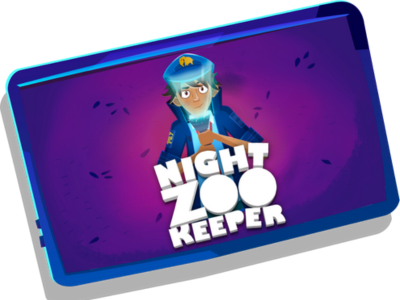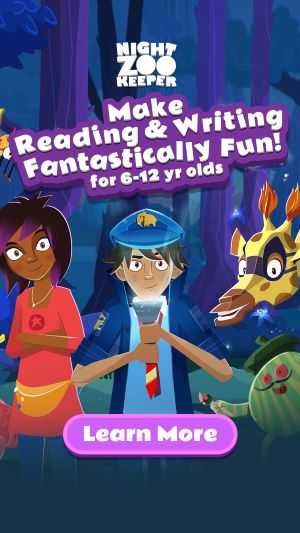Grade 2 Reading Comprehension

Home > Resources & Worksheets > Reading Comprehension > Grade 2
Grade 2 is where children start to build up a stronger vocabulary, which is essential for reading comprehension. They will begin to explore how words can have different meanings depending on context, helping them understand new texts and express themselves more clearly. Typical reading comprehension skills covered in Grade 2 include:
Vocabulary in Context - Using clues in the sentence or paragraph to understand unfamiliar words
Synonyms and Antonyms - Identifying words that mean the same or the opposite
Multiple Meanings of Words - Understanding that some words can have more than one meaning
Understanding Word Clues - Using pictures or nearby words to figure out meaning
One of the key comprehension skills Grade 2 students learn is using and understanding vocabulary in context. This skill helps them figure out the meaning of words they don’t know without stopping to look them up. For young readers, mastering this skill is an essential step toward independent reading and confident word use!
Using vocabulary in context
You’ll use vocabulary in context most often in these situations:
Figuring out the meaning of an unfamiliar word
Understanding how a word changes meaning depending on the sentence
Using clues in the text to comprehend new words
Using vocabulary in context is a vital skill that will come naturally over time after a bit of practice. Let’s look at some examples:
- Figuring out unfamiliar words:
Children learn to use the surrounding sentence to guess the meaning.
Example: “The bright stars twinkled in the sky” - bright means shining or full of light
- Understanding synonyms and antonyms:
Students identify words with similar or opposite meanings to help comprehension.
Example: “The enormous dog barked loudly” - enormous means very big, similar to huge
- Using multiple meanings of words:
Some words can have more than one meaning depending on context.
Example: “The bat flew out of the cave” vs “He swung the bat to hit the ball” - bat can mean an animal or a piece of sports equipment
Identifying vocabulary from its context allows children to read more fluently, understand complex texts, and gain confidence in using new words correctly. Without this skill, reading can become frustrating and slow, and children may miss important details.
Tips for parents
- Play “word detective” - pause when your child encounters a new word and ask them to guess its meaning from context.
- Talk about how surrounding words, sentences, or pictures provide hints/clues.
- Encourage new word use by having your child use new words in writing or conversation.
- Read aloud together and highlight interesting or unusual words to talk about.
- Connect words to real life by relating new vocabulary to familiar objects or experiences.
Grade 2 Reading Comprehension worksheet
You can practice using and understanding vocabulary in context with your child by downloading this fun activity pack:

How Night Zookeeper can help

Night Zookeeper uses gamified learning to make reading & writing fantastically fun for children aged 6 to 12!
Our reading & writing program for kids can be used for homeschooling, or as a supplemental learning resource. There are thousands of award-winning activities available, including word games, reading comprehension challenges, interactive lessons, and practice worksheets for your child to fill in and learn.
Sign up today to get a 7-day FREE trial!
More resources
- Grade 3 Reading Comprehension
- Grade 2 Grammar
- Grade 2 Spelling Words
- Grade 2 Writing Activities
- Grade 2 Writing Prompts
- Reading Comprehension (overview)
Related Content


Make Reading & Writing Fantastically Fun!
- Award-winning reading & writing program for kids
- Improves spelling, grammar, punctuation & vocabulary
- Over 1,000 different learning games and activities



